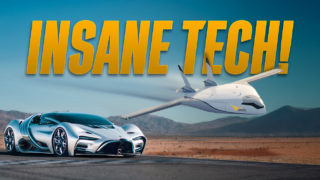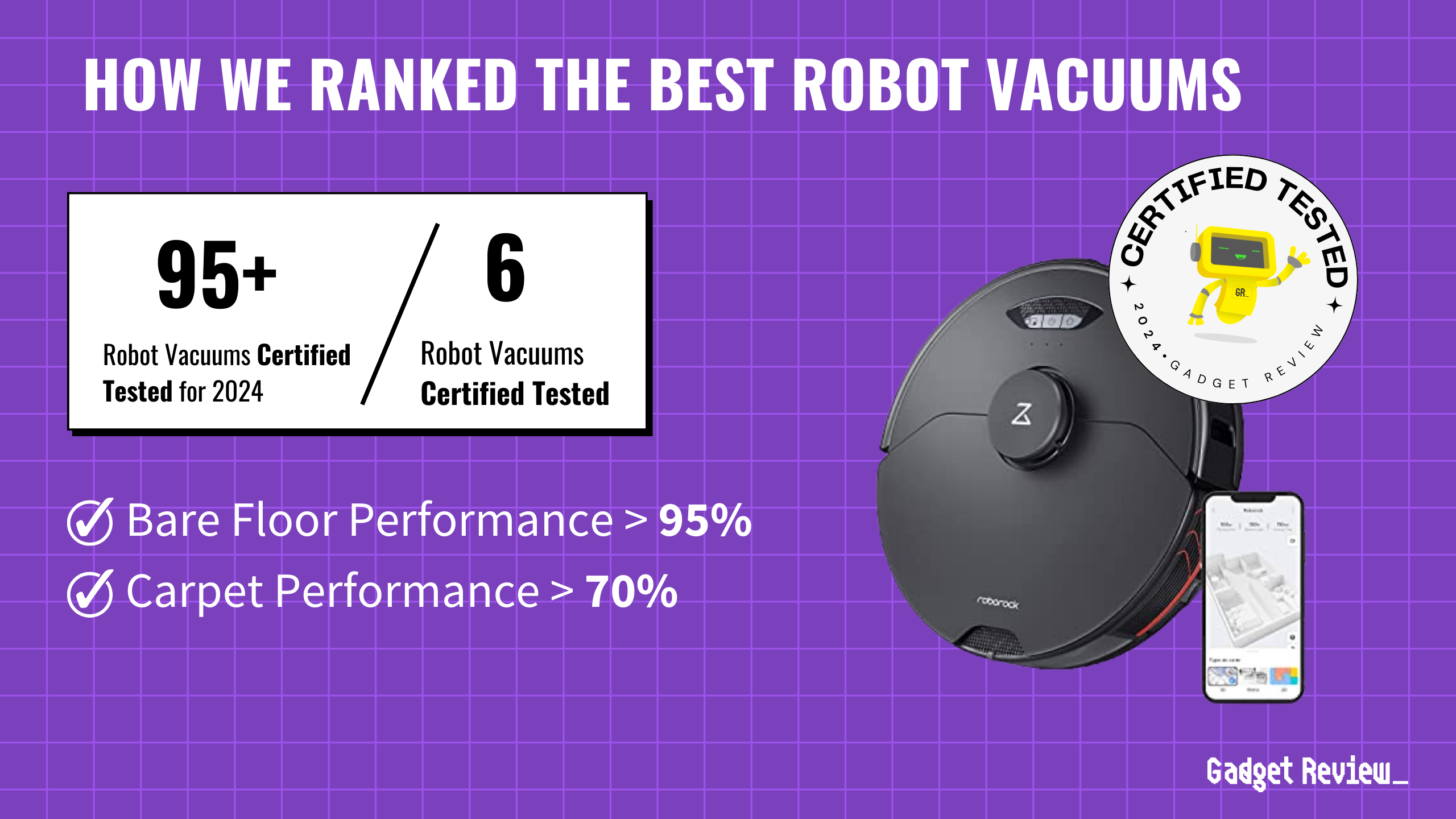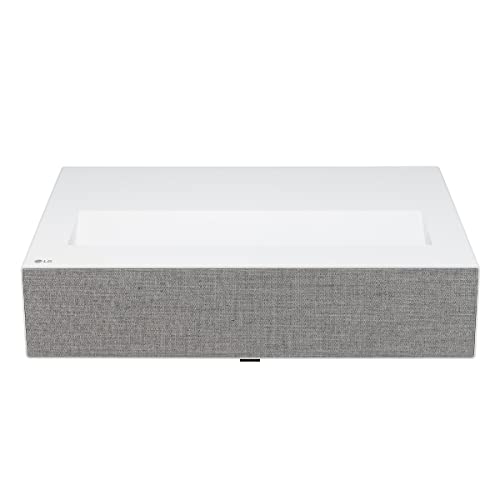In a rapidly evolving world, innovative technologies are reshaping our transportation landscape. From flying trains to electric vertical takeoff aircraft, these advancements promise to enhance urban mobility, reduce pollution, and improve overall travel experiences. Here’s a closer look at 15 groundbreaking technologies that could change the way we move. Each of these technologies not only aims to make travel more efficient but also addresses critical issues such as congestion and environmental sustainability.
Gyroscopic Transport
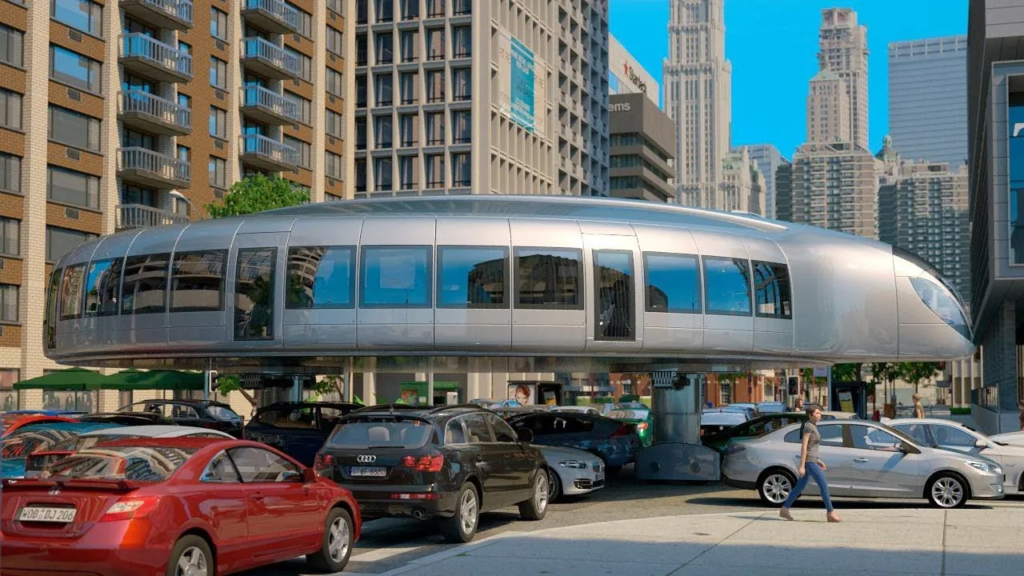
Dahir Insaat’s Gyroscopic Transport is a visionary concept aimed at transforming urban transportation. These solar-powered, disc-shaped vehicles utilize flywheels to float above traffic, significantly reducing congestion and pollution. The multi-tier system not only enhances mobility but also integrates seamlessly with pedestrian spaces, making it a sustainable choice for future cities.
The design emphasizes user comfort, offering options ranging from compact subway-style seating to plush pods equipped with sofas and entertainment systems. While still in its early stages, Gyroscopic Transport holds the potential to revolutionize how we navigate urban environments.
Renault Float

The Renault Float is an innovative concept car that merges cutting-edge technology with a futuristic design. Its unique spherical shape allows for multidirectional movement, making it highly maneuverable in urban settings. The exterior features a translucent material that can change color and transparency, creating a dynamic appearance.
Inside, the Renault Float prioritizes comfort and connectivity, boasting a spacious cabin that can be customized to individual preferences. Equipped with advanced sensors and AI for autonomous driving, this vehicle exemplifies Renault’s vision for a flexible and environmentally responsible future in urban mobility.
Flying Train

Dahir Insaat’s Flying Train concept combines traditional rail travel with modern technology. This innovative system features train-like pods suspended from elevated tracks, allowing for high-speed travel while minimizing traffic congestion. The electric propulsion system is designed to be environmentally friendly, making it a sustainable alternative to conventional trains.
The elevated design also ensures minimal disruption to existing infrastructure, making it adaptable to contemporary urban landscapes. As cities continue to grow, the Flying Train could provide a scalable solution to urban transportation challenges.
MG Maze Concept Car
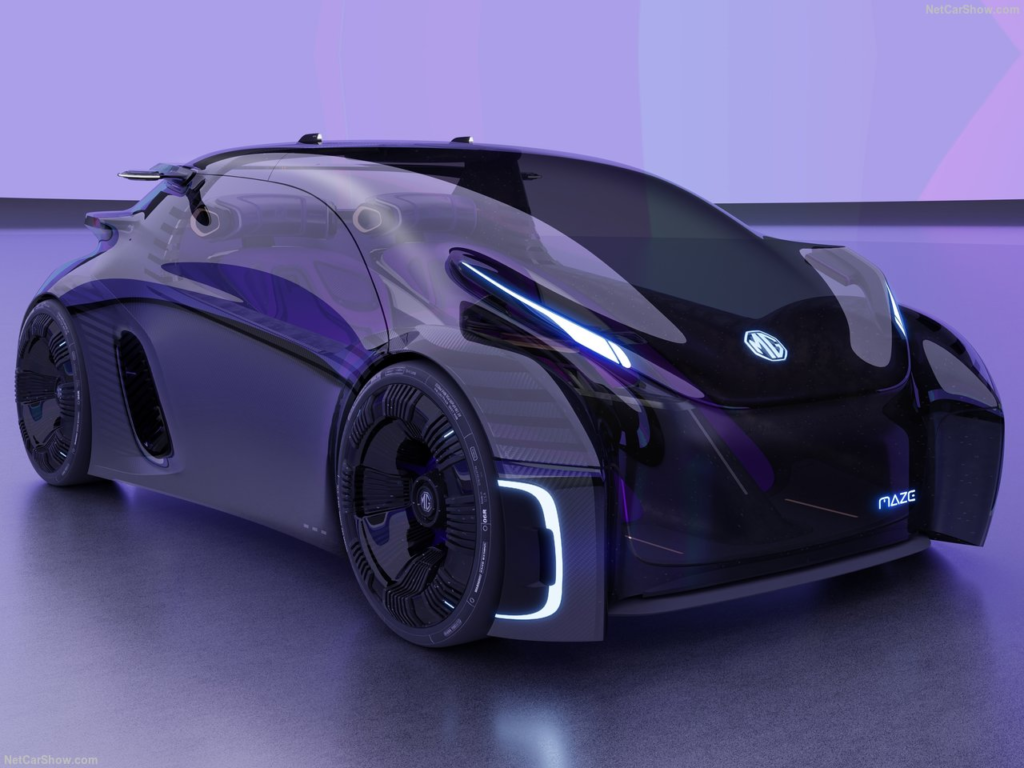
The MG Maze Concept Car is a whimsical take on future city transportation, blending mobility with gaming. This two-seater vehicle features a transparent shell that showcases its internal mechanisms, appealing to tech-savvy motorists. Instead of a traditional steering wheel, passengers can interact with the car using their smartphones, thanks to advanced UX/UI technology.
As a concept vehicle, the MG Maze serves as a testing ground for innovative automotive designs and technologies. While it is not available for purchase, its ideas could influence future production models, pushing the boundaries of automotive design.
SkyWay Technology Advantages

SkyWay Technology offers numerous advantages, particularly in terms of cost-effectiveness. Its construction costs are significantly lower than traditional transit systems, utilizing innovative materials that reduce the need for steel and concrete. This optimization allows for a more sustainable approach to building transportation infrastructure.
SkyWay’s operational costs are also competitive, achieving up to an 1800% reduction compared to conventional systems. With an estimated project cost of around $300 million, SkyWay presents a viable solution for modern urban transit needs, requiring minimal land disruption during implementation.
Airspace Cabin Vision 2035+

Airbus’s Airspace Cabin Vision 2035+ aims to revolutionize airplane interiors, enhancing passenger experience and operational efficiency. This ambitious plan includes biometrically enabled smart seats, individual climate control, and advanced inflight entertainment systems utilizing virtual and augmented reality.
The design accommodates various cabin configurations, from luxurious suites to economical classes, all while prioritizing eco-friendly materials and energy-saving features. Although the investment required for such advancements is substantial, the potential benefits for passengers and airlines alike are significant.
EHang 216

The EHang 216, developed by the Chinese manufacturer EHang, is a two-seater autonomous electric vertical takeoff and landing aircraft. This pilotless vehicle represents a significant leap in urban air mobility, with a strategic pricing model aimed at making aerial transport more accessible.
With a suggested retail price of around $410,000 outside China, the EHang 216 is positioned to penetrate the market effectively. This pricing reflects EHang’s commitment to advancing electric vertical takeoff technology, making it a realistic option for future urban transportation solutions.
Virgin Hyperloop

Virgin Hyperloop aims to transform transportation by utilizing electric power and magnetic levitation to propel passenger and freight pods through near-vacuum tubes. This innovative system could reduce travel time between cities drastically, with the goal of cutting a six-hour drive to just 30 minutes.
While still in the planning phase, Virgin Hyperloop’s competitive pricing is expected to align with current airfare and high-speed rail options. The successful implementation of this technology could redefine intercity travel, making it faster, safer, and more environmentally friendly.
Bellwether eVTOL

The Bellwether eVTOL, also known as Volar, is an innovative electric vertical takeoff and landing aircraft designed for urban environments. Its unique wingless design and concealed propulsion system make it ideal for intra-city mobility, providing a smooth transition between ground and air travel.
The third-generation model, ORX, boasts enhanced flight efficiency and reliable performance in complex urban settings. With a focus on human needs, the Volar can accommodate three passengers, representing a significant step forward in urban air mobility solutions.
AVANT Solo Electric Sport Car

The AVANT Solo Electric Sport Car embodies the future of urban mobility with its sleek design and impressive performance. Designed for solo travelers, this electric vehicle offers a unique driving experience without the noise and vibration of traditional combustion engines.
With a maximum speed of 129 km/h and a range of up to 160 km on a single charge, the AVANT Solo is both powerful and eco-friendly. Priced at $188,500, it appeals to environmentally conscious individuals seeking a stylish and innovative mode of transportation.
Plana eVTOL Aircraft

South Korean company Plana is developing the CP01, a hybrid electric vertical takeoff and landing aircraft aimed at making regional air travel more accessible. With a range of up to 500 km, this innovative air taxi could revolutionize urban air mobility.
Plana’s hybrid propulsion system enhances fuel efficiency and range, with plans to supply Sky Taxi with 10 CP01 planes by 2030. The company aims to scale manufacturing to bring costs down, making this technology a viable option for the future of transportation.
Kelekona Aircraft

Kelekona is developing an innovative electric vertical takeoff and landing aircraft designed for public transportation. Often referred to as a “drone bus,” this aircraft can transport up to 40 passengers or 10,000 lbs of goods, optimizing each flight stage for maximum efficiency.
The first route planned by Kelekona will connect Manhattan to The Hamptons, taking approximately 30 minutes at a cost of $85 per person. As technology advances, Kelekona aims to expand its routes and capabilities, making urban air travel more accessible.
Star Raker
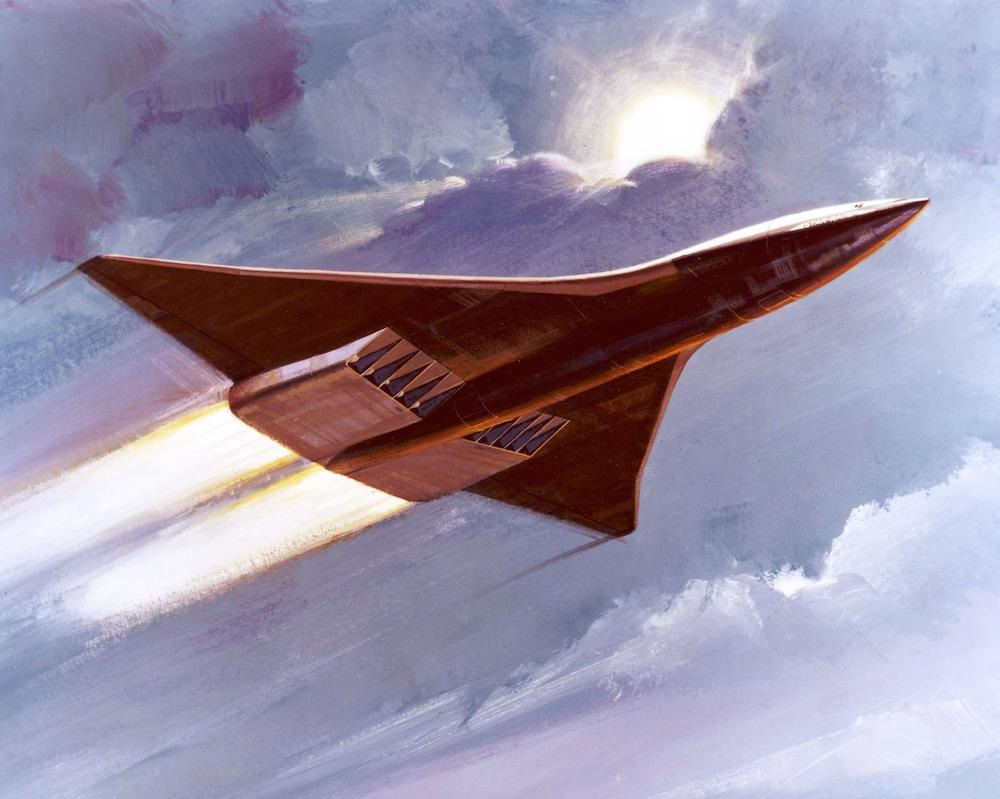
The Star Raker, developed by Rockwell International in 1979, was an ambitious spacecraft designed to carry heavy payloads into orbit. Utilizing a combination of ramjets and rockets, this winged vehicle aimed to reduce the cost of space transportation significantly.
Although the Star Raker never reached production, its innovative design and engineering principles have influenced many aspects of space travel. Its legacy continues to inspire future advancements in aerospace technology and exploration.
NASA’s CAPSTONE

NASA’s CAPSTONE mission is a small CubeSat designed to test navigation systems and lunar orbit dynamics essential for the Artemis program. With a development cost of approximately $30 million, this mission aims to demonstrate precise navigation capabilities for future lunar exploration.
The CAPSTONE spacecraft, about the size of a microwave oven, represents a significant investment in space exploration technology. Its successful deployment will pave the way for future missions to the Moon and beyond, showcasing NASA’s commitment to advancing space science.
NASA HAVOC

NASA’s HAVOC (High Altitude Venus Operational Concept) explores the feasibility of human exploration of Venus. This concept envisions using crewed airships to float in Venus’s upper atmosphere, where conditions are more manageable for scientific research and potential colonization.
The HAVOC project includes detailed studies and models to assess the viability of atmospheric habitats on Venus. As humanity looks to explore beyond Earth, HAVOC represents a bold step toward understanding our neighboring planets and their potential for future exploration.






